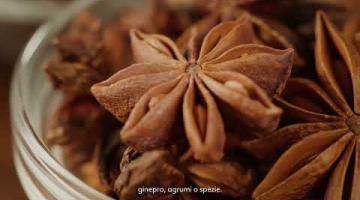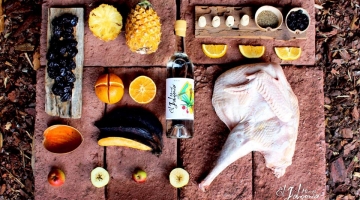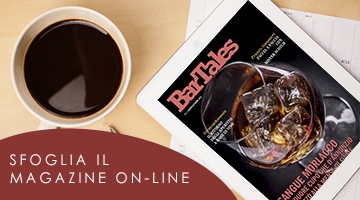Credited with fathering the modern cocktail movement while behind the stick at New York’s legendary Rainbow Room, Dale DeGroff has been a fixture of the bar industry for more than three decades. We spoke with DeGroff about a hot-button topic dear to his cocktail-loving heart: hospitality.
Liquor.com: What can a bartender do to make guests feel welcome?
The King (DeGroff): The most important thing—the thing that needs to happen immediately—is eye contact. When a guest walks through the door, you give them a wave and a smile, even if the bar is three or four deep. It’s the difference between keeping and losing a customer. And if they’re regulars, give them a hello. Once you’ve acknowledged that they are there, they’re able to turn to their friends and relax, instead of having to work to catch your eye. It’s such a small investment. But if you don’t do it, that guest will just go to another bar—and who knows, maybe that guest would have been your best customer.
Liquor.com: What else?
The King: There needs to be a certain level of confidence. It’s important to feel skilled enough in making drinks that you can multi-task. While you’re making drinks, you should also be reading your bar, sussing out what each guest wants. People want different things from a bar, and the best bartenders are able to decipher those needs: That person needs help, and so they need a warm expansive greeting, but the man over there just wants to be left alone after you’ve given him his Scotch on the rocks. So many bartenders work by rote, with no ability to dance, to look at the bigger picture.
Liquor.com: Is there a working bartender today who epitomizes hospitality behind the bar for you?
The King: Doug Quinn at Hudson Malone in New York City. He has such charm and warmth. They’re not making particularly fancy drinks there, but Doug makes the experience worth a trip.
Liquor.com: For a while, it seemed that hospitality and craft cocktail bars were at odds with each other. There was a trend towards exclusivity and saying “no.” Have we moved past this trend?
The King: Yes, we’re getting over this phase and I’m glad. The “cocktailian community,” as I call them, is defined by professionalism and knowledge. It can also be a little arrogant. When I see that type of attitude, I attribute it to a lack of confidence: The bartender is being aggressive and haughty to compensate.
That said, as an industry we needed to go through it, because it sparked enthusiasm. Newcomers were showing pride and excitement at the expense of service. I liken it to nouvelle cuisine back in the day; it planted the seeds for something extraordinary, but was awkward and silly at the time.
Now we’re getting back to center. Guests are seeing through the conceit of waiting 20 minutes for a drink. And there are quite a few bartenders leading the return to good service. Joaquín Simo at Pouring Ribbons is a great example. He has great skills and knowledge, and is the warmest individual you’ll ever meet. Julio Cabrera at the Regent in Miami Beach—that guy is just class all around. Naren Young, who just opened Bacchanal, is making beautiful drinks—quickly—in huge volume.
Liquor.com: What about bar rules? Hospitality or despotism?
The King: It depends on what the rules are. If the rules create a better experience, that’s one thing. If they’re ridiculous, that’s not enjoyable for anyone.
Liquor.com: With booze comes bad behavior. How does good hospitality come in to handle a guest who has, um, crossed over?
The King: One of the biggest challenges of a bartender is finding the appropriate way to cut someone off. It takes a lot of different skills and, again, a lot of confidence to cut people off in ways that aren’t offensive. It starts with an assessment of how the guest was acting when they walked in the door. It’s an important part of reading your bar throughout the night: By having little conversations here and there over the course of the evening, you’re better informed to make the call of whether a guest has reached his limit.
Once you’ve made that call, it’s all about delicacy. Ease the person out of it by starting suggestively, offering a soft drink or a cup of coffee, intentionally creating longer gaps between each round; then get firmer until the person’s worn down. But it’s crucial to avoid embarrassing a guest. Use discretion whenever possible.
Liquor.com: How do you instill hospitality in young, green bartenders?
The King: You have to hire it. You can’t teach people how to be humans. When we hired bartenders at the Rainbow Room in 1987, we asked them to tell a story and a joke. If they couldn’t do it, we’d make a note and have to question whether they’d be able to handle the needs of a guest. And again: It all comes back to confidence.
Kaitlyn Goalen is a writer, editor and cook based in Brooklyn and Raleigh, N.C. She is the editor and co-founder of Short Stack Editions, a series of single-subject, digest-size cookbooks, and has contributed to a variety of national publications.
thanks to: http://www.liquor.com/articles/dale-degroff-art-of-hospitality/?utm_sour...
















